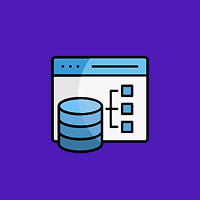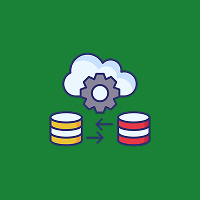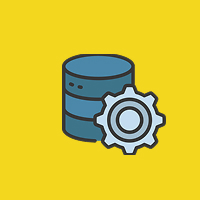Node.js is lovingly utilized for its performance, event-driven infrastructure, and ability to handle real-time data. Yet, once your user base grows or there’s the occasional boom in traffic, even your best Node.js app feels the pinch. In order to deliver equal performance and stability, something must be done to allow your application to scale effectively.
This blog will guide you through key techniques and best practices to get your Node.js application ready for high traffic situations.
1. Leverage Multi-Core Systems using Clustering
Node.js runs on the default single-threaded event loop, so it makes use of just one CPU core. That limits the amount of concurrent operations the application can run. On modern servers, which usually come with multiple cores, you’re losing performance if you don’t take advantage of all available CPU resources.
Clustering allows your application to create multiple worker processes that share the same server port and handle requests independently. This improves throughput and fault tolerance since traffic can be distributed across multiple processes. If one worker crashes, others can continue serving users.
2. Distribute Load with a Load Balancer
After you distribute your app to several processes, or even to several servers, you will need a system by which incoming requests are shared equally. That’s where load balancing comes in.
You may either use services like Nginx or HAProxy to put in place a load balancer or use managed services provided within cloud platforms like AWS, Google Cloud, or Azure. Proper load balancing helps avoid overloading any one server or process and improves speed and fault tolerance.
3. Improve Application Performance
Scaling is not just about infrastructure—it’s also optimized code. Slowly coded apps can bring themselves to a grinding halt long before they’re even reaching high traffic volumes.
Start by looking for and eliminating blocking operations. Make sure I/O-bound tasks like reading from the filesystem, sending an HTTP request, or querying a database are being executed asynchronously. Further, use minimal dependencies and keep them current to reduce overhead.
Memory management is also a critical area. Memory leaks or poor data management can result in crashes or slow performance, particularly under high load. Regular profiling and memory audits can pick these up early.
4. Reduce Load with Caching
Most areas of an application do not need to access the database or recalculate results on every call. Caching can reduce response times and server load by a huge margin.
You can store repeated API returns, database requests, or static information in cache using Redis or Memcached. On the client side, a Content Delivery Network (CDN) can store static resources such as images, scripts, and stylesheets near the client to enhance load times and offload your server.
5. Scale Your Database System
Your backend logic might scale great, but if your database isn’t able to keep up, your whole application becomes slow. For applications with high traffic, database performance is a deciding factor.
Implement Connection Pooling for efficient handling of concurrent database connections. Replicate your database and distribute reads to replicas to relax the load. For high-traffic and high-data-set conditions, use database systems that natively support sharding or are horizontally scalable by design, i.e., MongoDB, Cassandra, or Amazon Aurora.
6. Implement Monitoring and Logging
Scaling and maintaining an application with a high performance will require you to have visibility of how your system performs under heavy loads.
Use monitoring tools to track CPU usage, memory usage, response times, and error rates. Logs can inform you where the bottlenecks are occurring and give visibility into patterns of usage. With real-time notification, you can act fast before users are affected.
Some popular options are PM2 for managing Node.js processes, and performance monitoring and dashboard tools such as New Relic, Datadog, or Grafana.
7. Look at Microservices or Serverless Architecture
As your application grows, a monolithic structure can become harder to scale and maintain. Microservices architecture allows you to split your application into smaller, independently deployable services. This makes it easier to scale only the parts of your system that need more resources.
Alternatively, for certain workloads, serverless functions (like AWS Lambda, Google Cloud Functions, or Azure Functions) enable you to automatically scale certain aspects of your app according to demand without having to deal with servers.
8. Plan for Traffic Spikes
Temporary spikes in traffic can take down an application unprepared. Whether it’s the launch of a new product, a marketing blitz, or simply organic traction, it’s well worth preparing for spikes.
Employ autoscaling infrastructure that can spin up new instances based on demand. Establish thresholds and alerts so your system can respond proactively. Stress testing and load testing your application prior to large events can show how your application will respond under duress and allow you to hone in on your scaling plan.
Final Thoughts
Scaling a Node.js application to support additional traffic is all about clever architecture, good code, and proper tools. Using the practices outlined—like clustering, load balancing, caching, and monitoring—you’ll create an app that not only survives peak traffic, but flourishes under it.
Regardless of whether you’re facing sustained growth or are gearing up for a viral sensation, the important thing is to anticipate, watch constantly, and continue to optimize.
Contact Us Today













 Database Development
Database Development












































